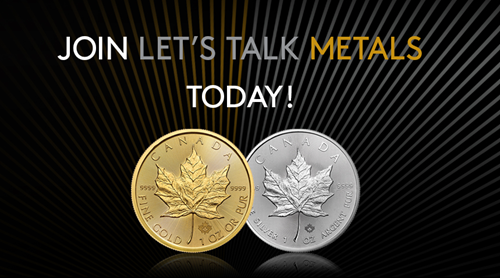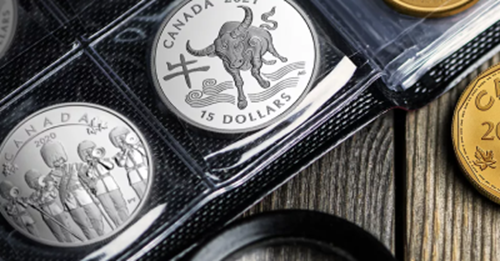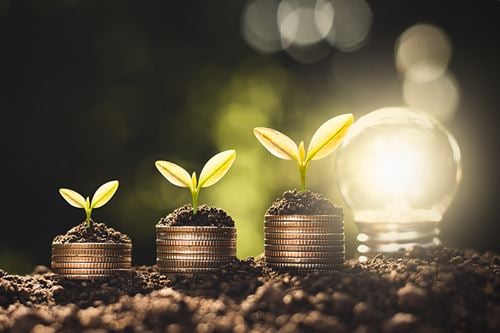What Makes it Precious: Platinum
- Nov 06, 2023
- Learn
- 7 minute read
It’s one of the rarest of all precious metals: platinum. Although it was used by people in the ancient world, platinum was not fully appreciated as a valuable material until the 18th century. Today, it is considered one of the most precious and exclusive metals, valued for its beauty and rarity: it’s 30 times rarer than gold! And with a melting point of 1,768 degrees Celsius, platinum is also much more durable than gold or silver, and highly resistant to tarnishing, corrosion and wear — making it a highly sought-after metal for jewelry, electronics, and industrial and medical applications.
If you’re looking to embark on your own lovePLATINUM journey, keep reading to learn more about what makes it such a precious metal.
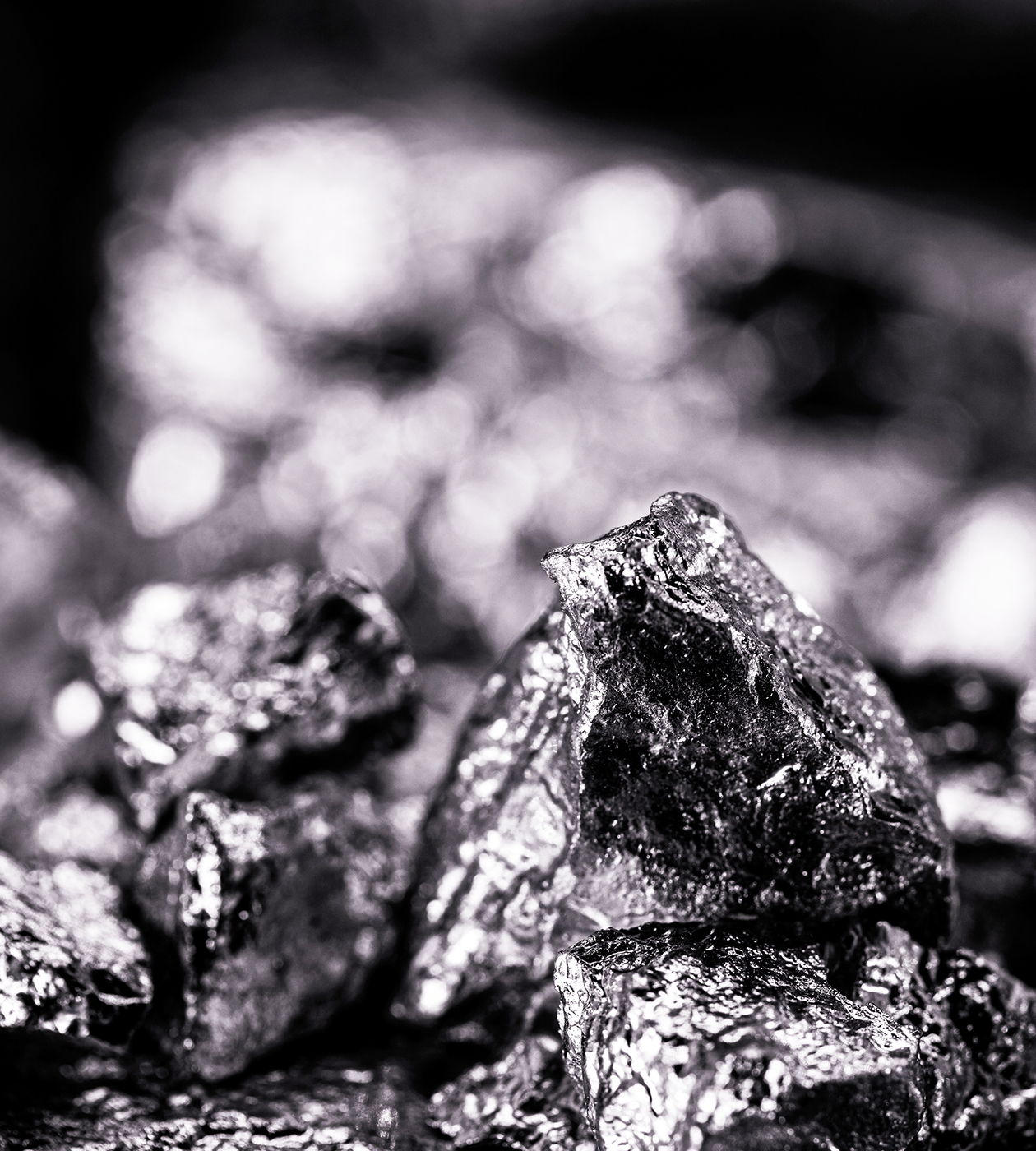

It’s one of the rarest of all precious metals: platinum. Although it was used by people in the ancient world, platinum was not fully appreciated as a valuable material until the 18th century. Today, it is considered one of the most precious and exclusive metals, valued for its beauty and rarity: it’s 30 times rarer than gold! And with a melting point of 1,768 degrees Celsius, platinum is also much more durable than gold or silver, and highly resistant to tarnishing, corrosion and wear — making it a highly sought-after metal for jewelry, electronics, and industrial and medical applications.
If you’re looking to embark on your own lovePLATINUM journey, keep reading to learn more about what makes it such a precious metal.
THE HISTORY OF PLATINUM
Platinum’s origins can be traced back to the aftermath of a supernova (an explosion of a star), during which a massive burst of energy released platinum and other heavy elements into space. These elements eventually arrived on our planet in a hail of asteroids some four billion years ago.
Platinum was known to the Ancient Egyptians, who had worked with the extremely dense and unwieldy metal as early as the 7th century BCE. Traces of platinum were found incorporated into the hieroglyphs decorating a sarcophagus that was unearthed at Thebes. Indigenous civilizations of South America also managed to forge platinum and use it for ornamental purposes in burial objects and jewellery dating back 2,000 years.
When Spanish conquistadors in South America encountered platinum while searching for gold in the 16th century, they did not recognize the metal’s true value. They considered it a nuisance and an “unripe” form of gold, naming it platina (or “little silver”) — and tossed it back into the rivers where they found it. Scholars at the time wrote about the European’s inability to melt and work platinum and, subsequently, it disappeared from use for centuries.
In the 18th century, France’s Louis XVI was among the first prominent admirers of platinum and commissioned several pieces while it was still a relatively new metal in Europe. The king’s appreciation and the metal’s silver-like appearance helped popularize it among royalty and wealthy Europeans, turning it into a valued and exclusive commodity that came to represent great accomplishment and status. The metal, which is more difficult to work with than gold or silver due to its high melting point, was first minted into circulation coins in 1828. But, the coins were not widely accepted and did not last long as a form of circulation coinage.
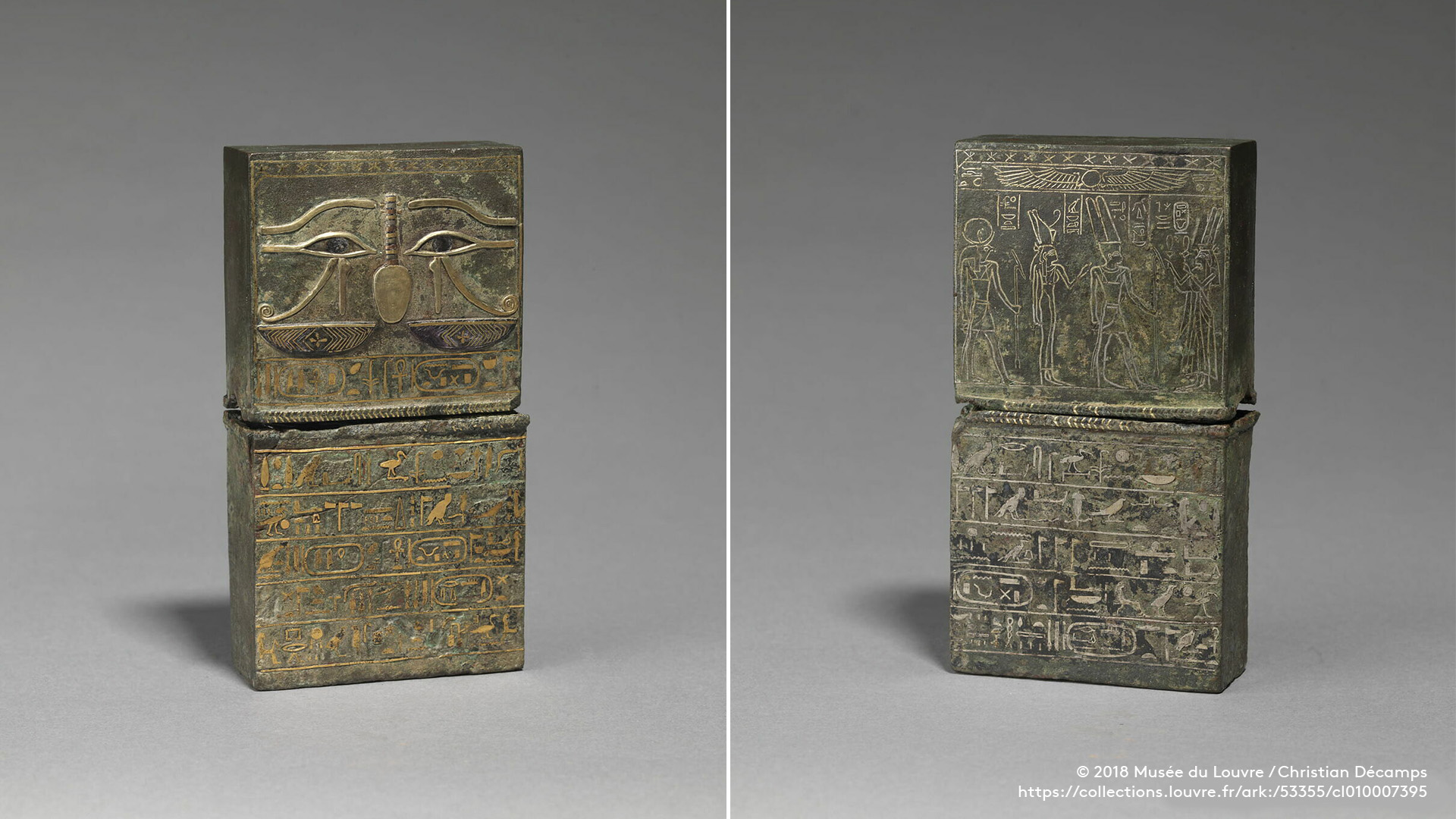
WHY PLATINUM STILL MATTERS TODAY
Due to its catalytic properties — that is, its ability to accelerate a chemical reaction without itself being changed in the process — platinum’s industrial applications have increased steadily in recent decades, nearly quadrupling in use since 1980. As one of the world’s least reactive metals, platinum is highly resistant to corrosion and can withstand daily wear without loss, making it very important in scientific research and technology, including:
- Vehicle manufacturing: Nearly half of platinum’s global demand comes from the auto industry, where it is a key element in catalytic converters. Platinum’s unique chemical properties help convert toxic vehicle emissions into less harmful substances, contributing to cleaner air — and manufacturers are increasingly choosing it over other catalysts such as palladium for cost and availability reasons. Its heat- and spark-resistant qualities also make it an ideal material for producing the electronics used in engine, braking and airbag systems.
- Electronics: Due to its high melting point, platinum is ideally suited for electrical contacts and connectors. More predominantly, it is used to strengthen the magnetic fields of computer hard disk drives — and the stronger the magnetic field, the more data can be stored.
- Medicine: Often used in chemotherapy drugs for cancer treatments, platinum is also an integral component of medical implants such as pacemakers, stents and defibrillators. It is also used as material to make surgical instruments and dental fittings.
- Chemical sector: Platinum is essential in producing many industrial, agricultural and household chemicals. Because it helps convert ammonia to nitric acid, platinum plays a critical role in the production of fertilizer — meaning it also plays a critical role in the global food supply chain. Platinum is also used in the development of sealants, lubricants, kitchen utensils and other products.
- Renewable energy: Due to its ability to improve the efficiency of hydrogen fuel cells (by generating electricity through a chemical reaction between hydrogen and oxygen), platinum is likely to play a key role in the decarbonized economy of the future.

WHY PEOPLE INVEST IN PLATINUM
Compared to gold and silver, which have been used as a store of value for thousands of years, platinum is a relatively recent addition to investment portfolios — but that does not make it any less desirable.
In fact, because platinum can be found in only a few locations around the world (the majority of global production comes from South Africa, with Canada being the fourth largest producer) but is needed for many essential products and new technologies, it has become a highly sought-after commodity. And because it is expected to be a critical component of tomorrow’s innovative and emerging industrial applications, such as hydrogen fuel cells, demand for platinum is likely to continue to grow over the next decade. To put this into perspective: in 2020, the hydrogen power industry required just 50,000 ounces of platinum. By 2030, demand is expected to climb to more than 400,000 ounces.
Platinum’s rarity, combined with its ever-increasing industrial utility, has potential to translate into high market demand. For example, catalytic converters for diesel-powered vehicles started using platinum (instead of palladium) in 2006, just as the market for diesel boomed in Europe — contributing to record-high prices for the metal in 2008. The subsequent global recession, however, caused not only vehicle sales to collapse but also platinum’s price to drop significantly. Other factors such as geopolitical conflict, supply constraints, rising interest rates and currency fluctuations can all influence the market for precious metals. Yet while the price of platinum is always changing; historically, increasing demand for platinum has caused its price to go up as well.
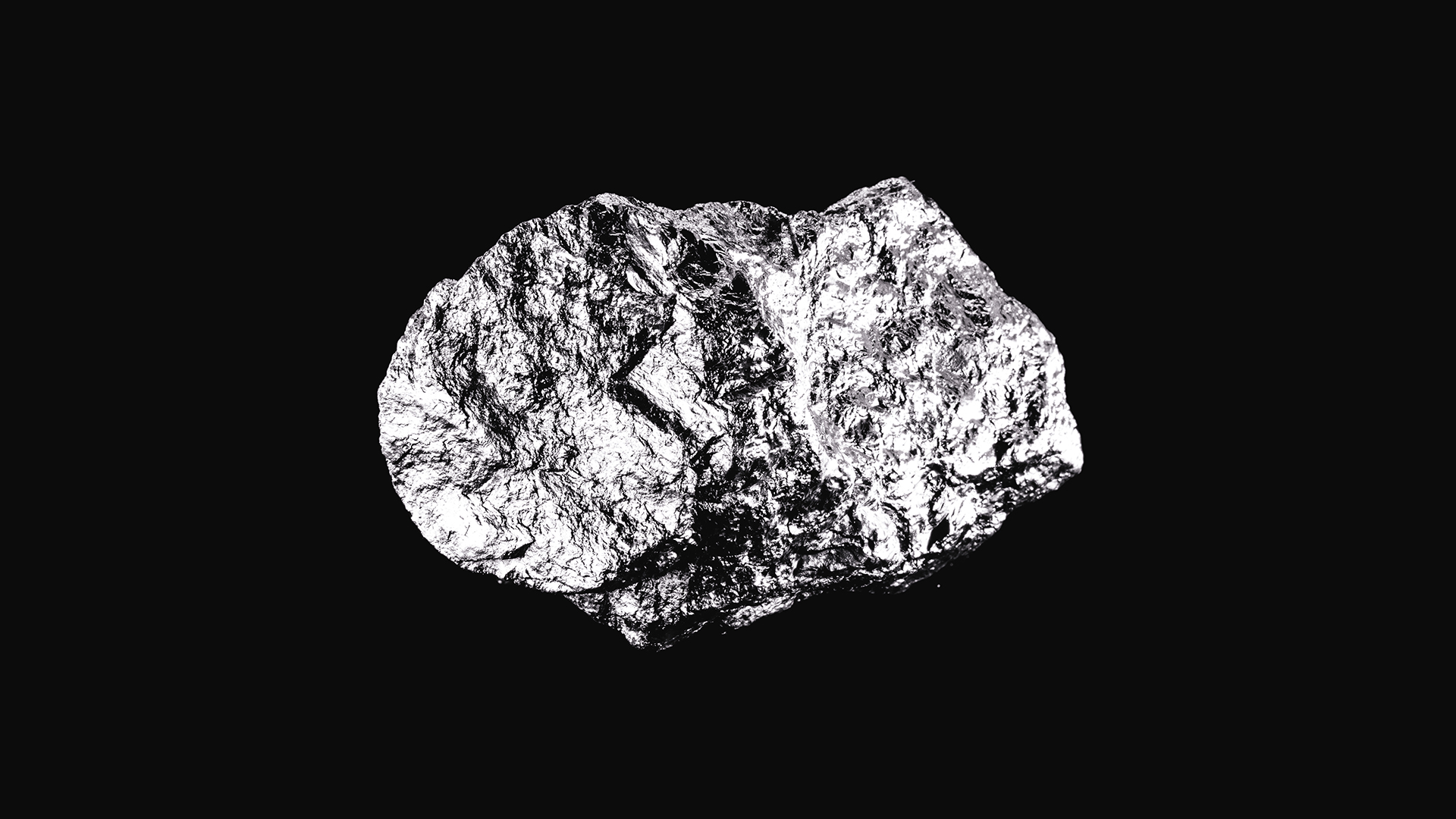
WHY THE ROYAL CANADIAN MINT IS ONE OF YOUR BEST SOURCES FOR PLATINUM BULLION COINS
World-renowned for its high-quality bullion products, the Royal Canadian Mint offers platinum bullion coins that are trusted by investors for their guaranteed purity and weight. These coins also include security features such as advanced engraving, laser marking technology and precision radial lines that stretch across the coin’s surface, precisely machined to within microns.
First introduced in 1988, our one-ounce Platinum Maple Leaf bullion coin is 99.95% pure — the highest purity currently available for platinum. Recognized and accepted all around the world, our platinum coins are highly liquid, meaning collectors and investors can easily sell or trade them. They are a perfect complement to our suite of gold and silver bullion products.
Get started on your lovePLATINUM journey today with bullion from the Royal Canadian Mint.
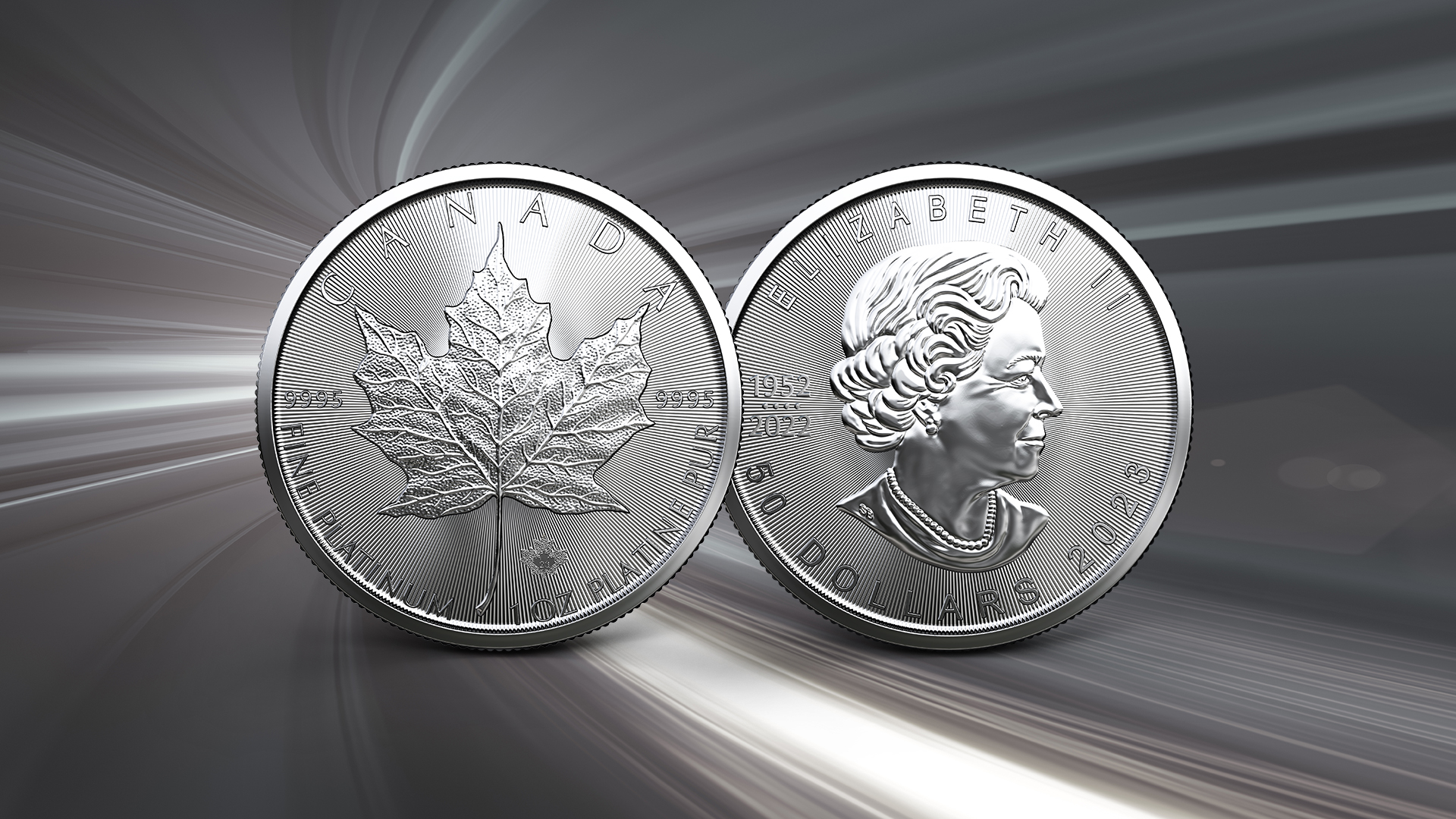
© 2023 Royal Canadian Mint. All rights reserved. The information provided on mint.ca (the “Website”) is intended for informational purposes only and is not intended to constitute investment, financial, legal, tax or accounting advice, and you should not rely on the information in this section of the Website for such advice. Precious metal investment may not be suitable for persons unfamiliar with precious metal markets, or unwilling or unable to bear the risk attendant to an investment of this type. Prospective investors should consider carefully before reaching a decision to invest in precious metals.
This blog makes use of words such as ‘may’, ‘likely’, ‘continue’, ‘potential’, ‘expects’, and words of similar meaning which identifies a statement as ‘forward-looking’. These statements are not guarantees of future performance and should not be relied upon as such. Forward looking statements involve risks and uncertainties, which may cause actual performance in the future to differ materially and substantially from any projections or results expressed or implied by such forward-looking statements. The inclusion of such statements should not be regarded as a representation by the Royal Canadian Mint that the forward-looking statements will be achieved.
Prospective investors in precious metals should directly consult their financial professional or other advisors before acting on any information on this Website.
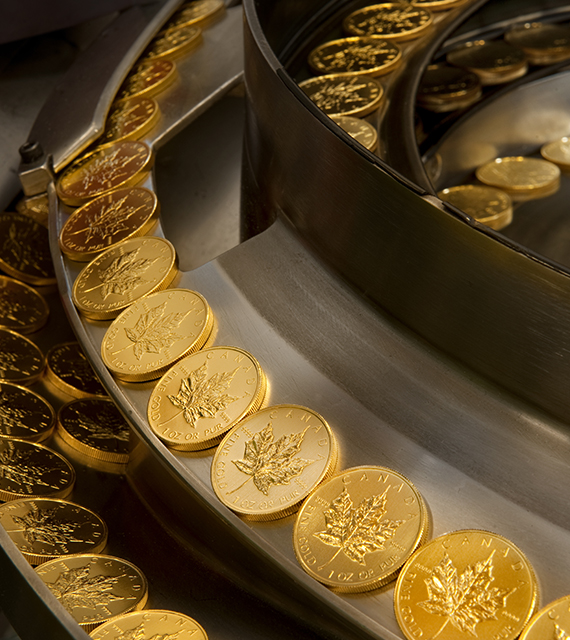

What Makes it Precious: Gold
What Makes it Precious: Gold
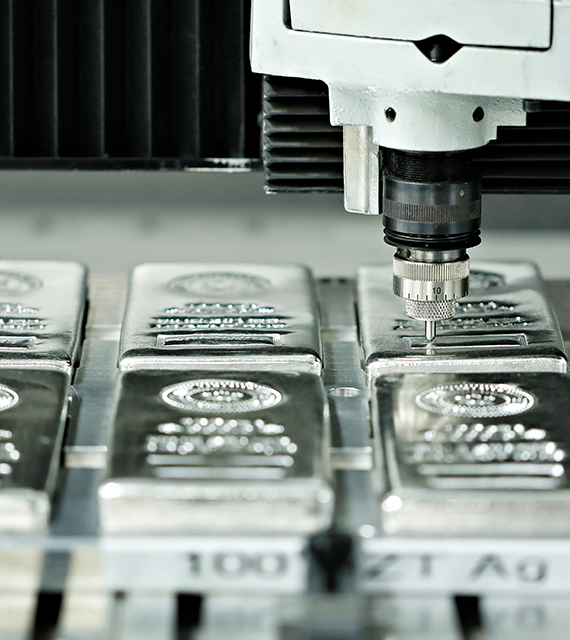

What Makes it Precious: Silver
What Makes it Precious: Silver
The most versatile of all precious metals: silver. Through its unique combination of beauty, industrial utility and antibacterial properties, it has been one of the most coveted and sought-after elements for millennia. Much like gold, silver has been used as both a store of wealth and a form of currency — but has much broader industrial applications. Keep reading to learn more about what makes it such a precious metal.

